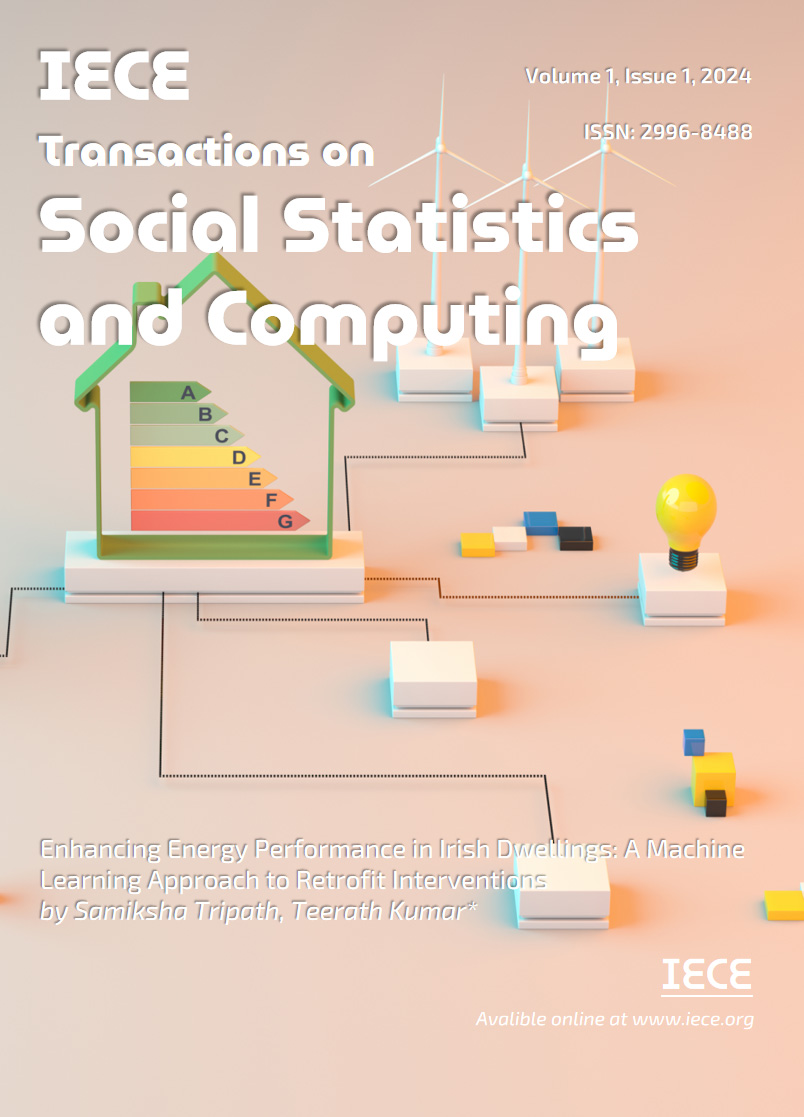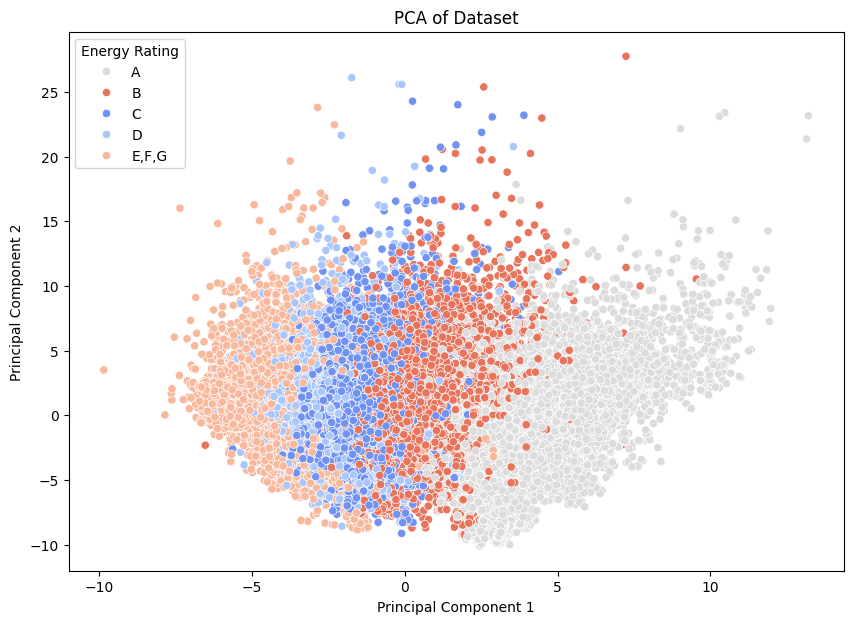Abstract
This research investigates the impact of retrofit interventions on the energy performance of domestic buildings in Ireland using predictive machine learning (ML) models. The study applies machine learning models to classify Building Energy Rating (BER) for dwellings in County Dublin Ireland. Keeping the focus on selecting features in a highly correlated dataset, the study predicts energy ratings with an accuracy of 69 percent. Light Gradient Boosting Machine Classifier is observed for best performance among twenty plus ML models applied for prediction. The study also performs retrofit experiments on dwelling features and evaluate their effectiveness towards improving the energy performance of the dwelling contributing to Energy Performance of Buildings Directives (EPBD) applicable in Ireland using statistical inferences. This research discusses the potential of data driven approaches in optimizing energy utilisation and shaping policies for sustainable building practices.
Funding
This work was supported without any funding.
Cite This Article
APA Style
Tirpathi, S., & Kumar, T. (2024). Enhancing Energy Performance in Irish Dwellings: A Machine Learning Approach to Retrofit Interventions. IECE Transactions on Social Statistics and Computing, 1(4), 89–101. https://doi.org/10.62762/TSSC.2024.898106
Publisher's Note
IECE stays neutral with regard to jurisdictional claims in published maps and institutional affiliations.
Rights and permissions
Institute of Emerging and Computer Engineers (IECE) or its licensor (e.g. a society or other partner) holds exclusive rights to this article under a publishing agreement with the author(s) or other rightsholder(s); author self-archiving of the accepted manuscript version of this article is solely governed by the terms of such publishing agreement and applicable law.


 Submit Manuscript
Edit a Special Issue
Submit Manuscript
Edit a Special Issue

